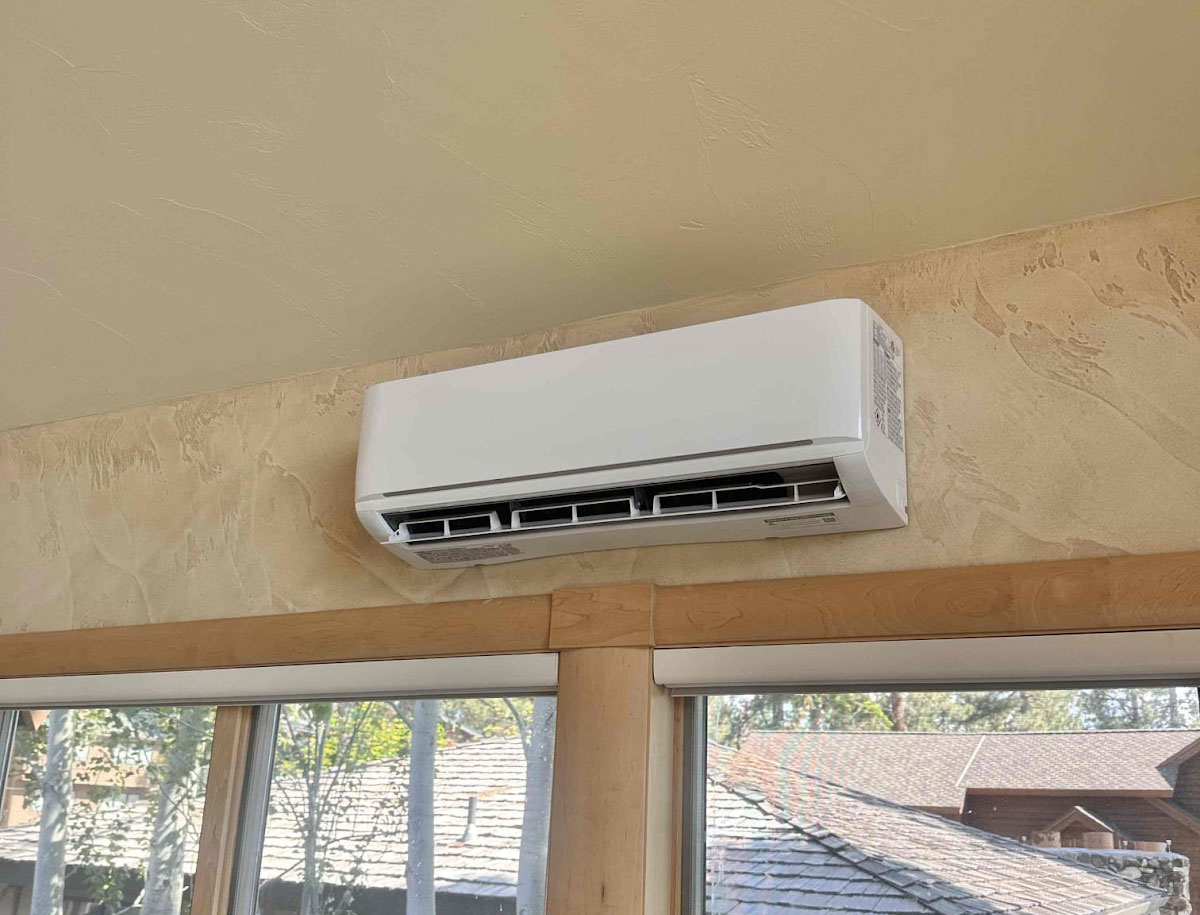Mold growth in homes, particularly in areas with high humidity or after water damage, can pose serious health and comfort concerns. When mold is discovered in an HVAC system, professional remediation is critical to restore safe air quality and system performance. However, after treatment, many homeowners are uncertain about the right steps to take before turning their HVAC system back on. Below are several important mold remediation tips to help ensure your system remains safe and mold-free.

Ensure Complete Dryness Before Reactivation
Moisture is the primary factor that allows mold to thrive. Before restarting your HVAC system, confirm that all components are fully dry. Professional services typically remove moisture during remediation, but double-checking can help prevent recurrence. Consider using dehumidifiers or moisture-absorbing products to maintain a dry indoor environment.
Replace Air Filters and Clean Vents
After remediation, replace all HVAC air filters with new, high-quality filters to stop residual spores from circulating. It is also wise to have vents and ductwork cleaned to remove lingering contaminants. Hiring a professional duct cleaning service is recommended to ensure thorough cleaning without damaging your system.
Inspect and Repair Ductwork
Leaks or damaged ductwork can introduce unwanted moisture back into your system. Inspect ducts carefully for signs of damage or leaks and have any issues repaired promptly. Properly sealed and maintained ductwork not only reduces mold risk but also improves system efficiency.
Schedule Regular HVAC Maintenance
Routine maintenance is one of the best defenses against mold. Service appointments allow technicians to check for early signs of leaks, moisture buildup, or mold regrowth. Schedule maintenance at least once a year, preferably before high-usage seasons, to keep your system in reliable condition.
Monitor Indoor Humidity Levels
Keeping humidity levels between 30% and 50% significantly reduces mold risk. Use a hygrometer to monitor levels and adjust your HVAC system or use dehumidifiers as needed. Balanced humidity creates an environment less hospitable to mold growth.
Take Preventive Steps Against Mold
Educating yourself on mold prevention strategies can make a lasting difference. Maintain good household ventilation, promptly fix leaks, and keep living areas clean and dry. These small steps can help safeguard your home against future infestations.
Ready for Safe, Mold-Free Air?
If you are in Gardnerville, NV, and want to ensure your HVAC system is safe to use after mold treatment, Riley Plumbing & Heating can help. Our team provides thorough HVAC inspections, maintenance, and mold prevention guidance to protect your home's air quality. Call us at (775) 293-8855 or fill out our online form to schedule a service today.
Back to Blog